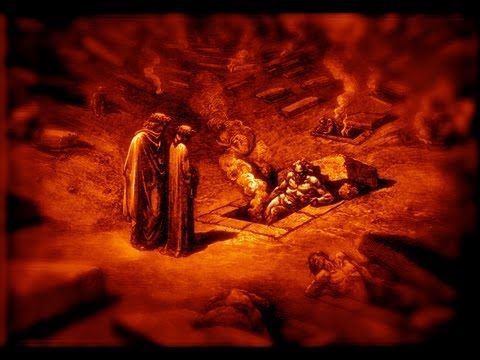(We welcome a guest writer known as Lonegoat, a name many of you will recognize as the Texas-based necroclassical pianist behind Goatcraft, whose latest album Yersinia Pestis was released earlier this year by I, Voidhanger.)
Liszt crossed the boundaries of both romanticism and modernism, and it’s futile to cast him into a specific period of classical music because he was driven by his will to impose himself beyond the categorical spheres of the music at the time. His ingenuity in composition was matched only by his virtuosic abilities which gained him much fanfare, much like how the surface aesthetics of something draws the bystander in and wows them, and with subsequent discernment, reveal a world to discover that’s seemingly beautiful and terrifying.
It can be said that Dante’s Inferno was created to scare the beejezus out of people by thrusting their intellects into hellish landscapes, and Liszt did indeed grant it a power to do so even more. The man was his own full symphony on piano, and when he spent his time on his symphonic works, a logogenesis emerged. Continue reading »

